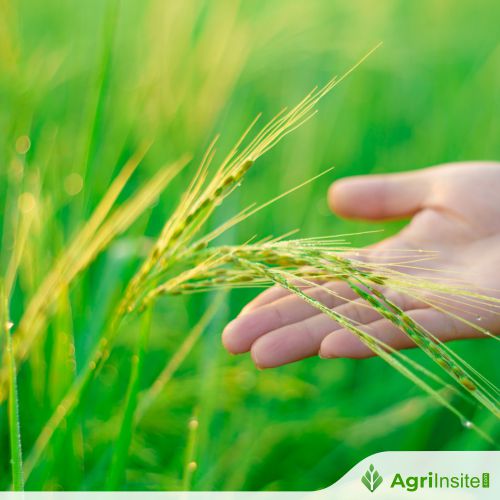Procurement picks up speed in Punjab but rice millers continue to drag their feet while lifting the crop

In Punjab, wheat sowing is underway, while paddy procurement faces challenges due to delayed crop lifting. With 96.19 lakh tonnes of paddy in mandis, lifting has reached 38% but lags behind last year’s 75%. Moisture levels in standing crops are dropping below the 17% threshold, causing potential yield losses. Rice millers are storing limited paddy, affecting the procurement process. The delays may also shorten the stubble management period before wheat sowing, raising concerns over field fires and worsening air quality.
As wheat sowing begins in Punjab, the state is facing hurdles with paddy harvesting and lifting. So far, 96.19 lakh tonnes of paddy have arrived at mandis, a drop from last year’s 117.03 lakh tonnes recorded by this date. Out of the current arrivals, 90.83 lakh tonnes have been procured.
Approximately 50% of the harvesting has been completed, though delays in lifting crops from mandis initially slowed the process.
Paddy lifting has improved from last week’s 15% to 38%, but remains lower than last year’s 75% by this time. This delay is largely due to rice millers starting the lifting process later than usual as their demands from the government have yet to be met.
There is no issue with purchasing; the government is buying all the paddy arriving in mandis, with 95% of total arrivals already purchased. Farmers are also receiving timely payments in their accounts.
Currently, rice millers are storing the government-procured paddy in their mills for milling purposes, but they are accepting limited quantities. Unlike previous years, millers may not be able to store the entire stock, potentially impacting future procurement.
As paddy harvesting delays continue, the crop’s moisture content is dropping, which affects yield. While ideal moisture levels at harvest are around 21-22%, they fall to 17% by the time the paddy reaches mandis—the prescribed limit for procurement. However, current moisture levels are dropping as low as 14-15% in standing crops, which could lead to yield loss for farmers since lower moisture means lighter grains.
“My standing crop’s moisture is already down to 14%, below the specified 17%, and I now expect to lose 1-2 quintals per acre,” said farmer Tejinderpal Singh from Jalandhar, whose crop is partially harvested.
Ujagar Singh, a farmer from Bathinda with unharvested fields, echoed this, reporting moisture levels even below 14%.
A senior official from the Punjab Agriculture Department noted that while there is no issue in procurement, delays in harvesting reduce the time window for managing stubble, likely leading to increased field fires as farmers prepare for the wheat sowing season by mid-November.
Already, Punjab’s average air quality index (AQI) has reached 269, falling under the “poor” category as of November 2, shortly after Diwali. AQI levels in cities like Amritsar and Ludhiana reached “very poor” levels at 368 and 339, respectively. Jalandhar, Patiala, and Mandi Gobindgarh saw AQIs of 264, 253, and 203.
Subscribe to receive the day’s headlines from The Indian Express straight in your inbox
With about 50% of the paddy crop still to be harvested and brought to mandis in the coming weeks, concerns grow over potential bottlenecks as mandis brace for a larger influx.
Source Link : https://indianexpress.com/article/cities/chandigarh/punjab-procurement-rice-millers-lifting-crop-9652341/














